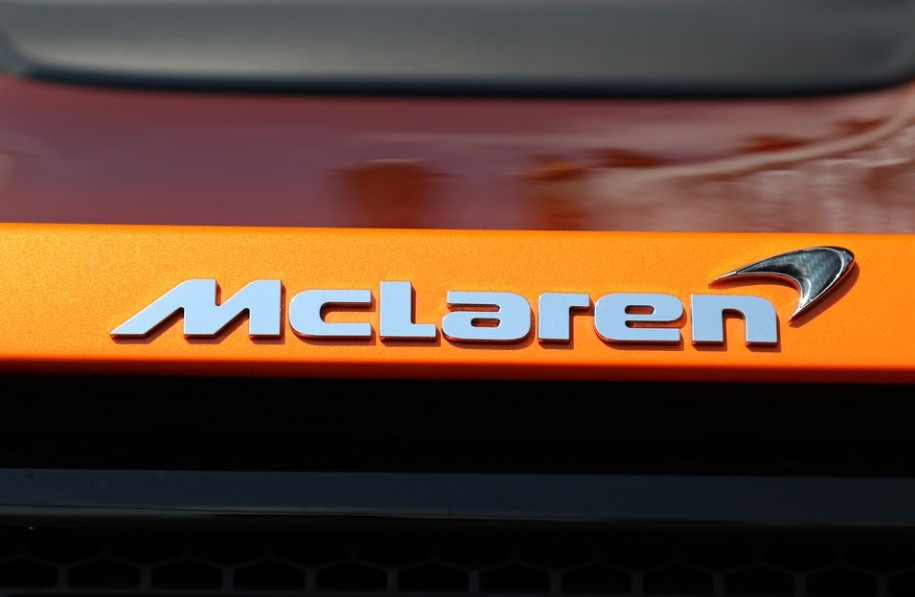There have been numerous popular sports cars that have been manufactured by different car companies throughout the years, but no sports car is as iconic as the McLaren F1, a revolutionary vehicle in terms of design and features. The McLaren F1 was originally designed by Gordon Murray, an African-born British designer that is particularly known for designing Formula One racing cars. With the help of fellow designer Peter Stevens, the McLaren F1 prototype was finally produced in 1992. However, there is much more that happened between the conceptualization and the production of the F1. To learn more, here is a brief history of the McLaren F1. Also, learn how you can find and play legit ice casino bonus online.
Designing the F1
When designing the preliminary concepts for the F1, Gordon Murray’s ambition was fairly similar to most designers during the 90s, which was to build a high-performance sports car that has high power but is lightweight. The concept car’s low weight was achieved by the utilization of various lightweight materials like gold, magnesium, Kevlar, titanium, and carbon fiber. Through these materials, the McLaren F1 became the first production vehicle to have a monocoque (structural skin) chassis made out of carbon fiber.
Ever since Murray was a teenager, he had already ambitioned to design a three-seat sports car that is lightweight, powerful, and can be considered as one of the greatest cars ever made. While he was patiently waiting for his flight home after watching the 1998 Italian Grand Prix, Murray drew a sketch for a three-seat sports car. That specific sketch would then be presented to the then-CEO and founder of the McLaren Group, Ronald Dennis. In his presentation and proposal, Murray described the three-seater vehicle to be “the ultimate road car.” It is important to note that Murray has implemented all that he has learned in designing Formula One cars into his concept car, which would make it a truly unique vehicle.
Building the F1
To test out the potential parts that will be utilized for the F1, Murray’s team at McLaren used two Ultima MK3 kit cars before the company decided to build the first units of Murray’s concept car. These two Ultima kit cars would then be named “Albert” (chassis number 12) and “Edward” (chassis number 13).
Albert would be fitted with a gearbox that is installed with a 7.4-liter Chevrolet V8 engine, as well as the seats and brakes that would eventually be used for the F1. On the other hand, Edward would be used to test the powerful V12 engine and the exhaust and cooling system for the concept car. After the testing period, Murray and McLaren decided to destroy both of the kit cars, as they don’t want automobile magazines to find out about the project. Moreover, they also destroyed Albert and Edward because they don’t want to associate Murray’s concept vehicle with “kit cars,” which seemingly had a negative connotation during the 90s.
After testing out the first prototype, the XP1, McLaren officially unveiled that same prototype at The Sporting Club in Monaco on May 28, 1992. Upon inspection, the McLaren F1 was deemed illegal to be driven on the road, as the production model didn’t have indicators at its front. However, McLaren would quickly resolve the issue and install the missing parts.
In the months following the unveiling, there were many skeptics that have raised concerns over the car’s safety. To prove that the vehicle is safe and reliable, the F1 was tested in the country of Namibia in Southern Africa by a test driver that is only wearing a t-shirt and shorts. The test driver rolled the XP1 around and hit a rock, but he remained safe within the vehicle without any injury or wounds. After the XP1 was deemed too damaged to be test-driven, McLaren built the XP2 that is specifically designed for crash testing.
The XP3 would then be built to test the durability of its parts, while the XP4 that was manufactured a few months after was utilized to stress test the F1’s gearbox system. The final prototype, the XP5, is designed to be a publicity car that will showcase the beauty of the F1.
Out of the five prototypes, only two were destroyed during testing, and these were the XP1 and the XP2. The XP3 was previously owned by Gordon Murray before he decided to sell it to a private collector, while the XP4 was used for review by Top Gear and experienced race driver Tiff Needell in the 90s, although it was eventually sold to another private buyer. The XP5 remains in the ownership of McLaren. In total, there were about 106 units of the F1 that were made to be sold by private buyers and motorsports teams.
The McLaren F1 would later influence other car manufacturers to push the boundaries of what they are capable of in terms of creating the fastest and lightest sports cars. Even though the F1 was produced in the 90s, its performance and features still hold up relatively well, even in the 2020s.

